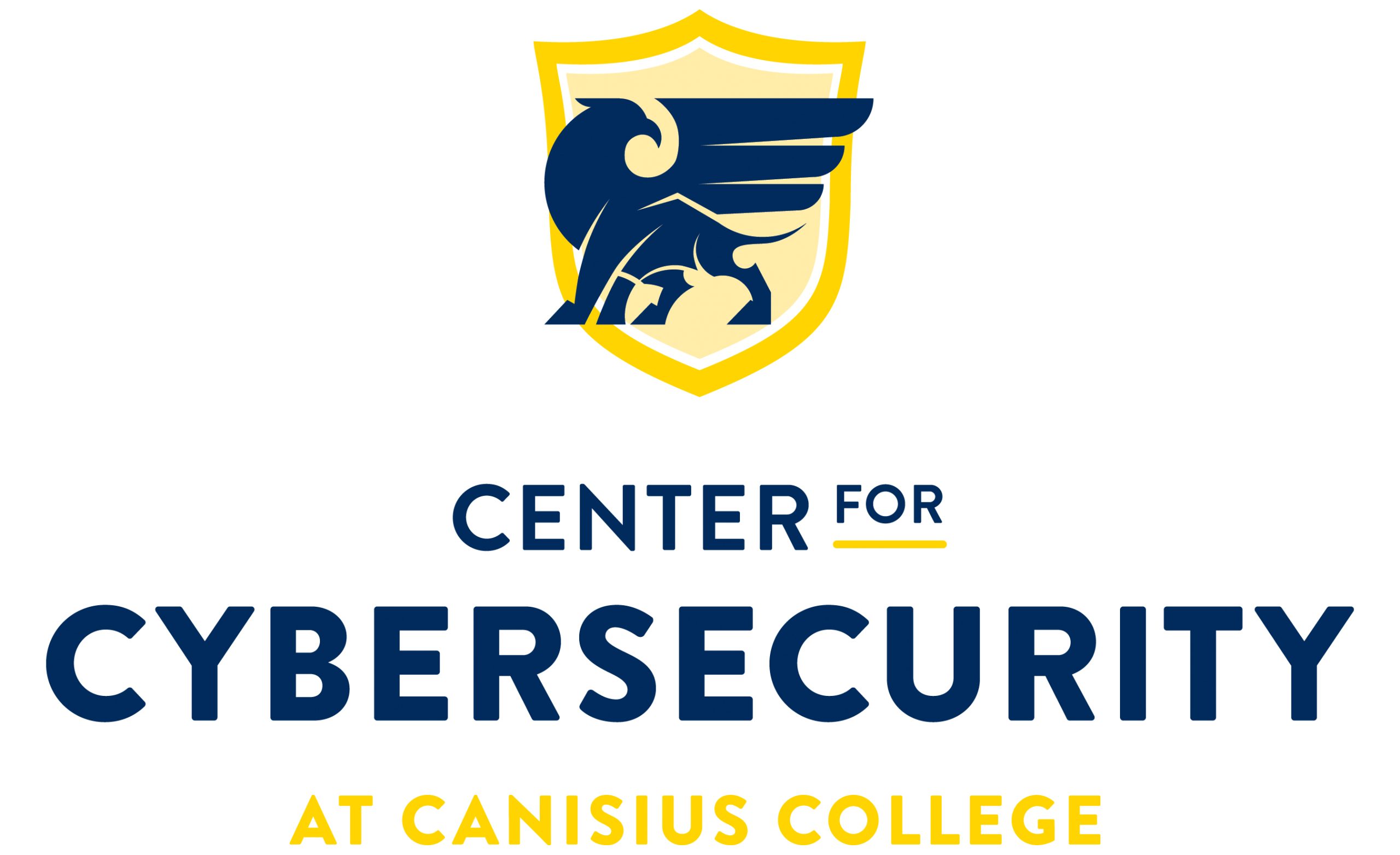Large Language Models (LLMs) offer the ability to dynamically generate code. What if computer programs:
- Are a set of written (human) language directives.
- Directives are compiled into executable code in real time.
- At the moment the directive is needed.
- Each directive becomes a potentially unique code compilation output.
Applications are a custom patchwork of ephemeral and unique mini executables. The potential advantages of this approach are many. A few include:
- Reduced attack surface. The paradigm of fuzzing and reverse engineering an executable becomes harder as there is only a natural language directive.
- Space conservation. Code executables become far less bulky. Unused code simply does not exists. The written language directives dictate what composes an executable.
- User Defined Functionality. User’s can now define application behavior with written directives. This supplants the need for formal requests to the software team, waiting for releasers, etc.
The following figure demonstrates the concept and is detailed in our recently submitted research paper currently under review, found here.

